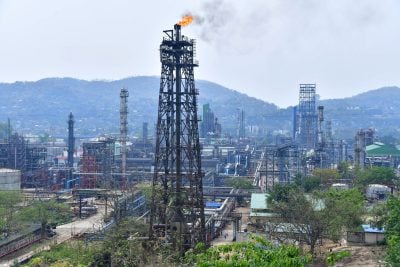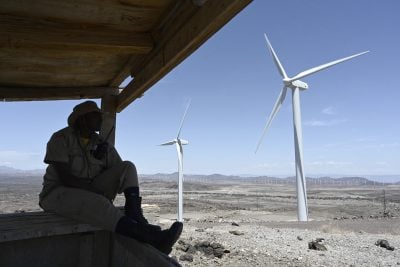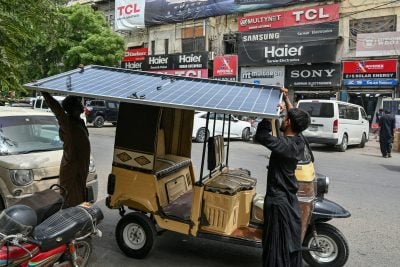However, the launch is expected to draw protests, as evidenced by the ongoing objections and criticism readily available on the internet and in print academic literature. At a panel discussion at the same summit, Ethiopian Prime Minister Hailemariam Desalegn also called on African leaders to promote climate-smart agricultural initiatives to combat the effects of climate change that affect agricultural productivity.
ONE, an international campaigning and advocacy organisation involved in, among other causes, the fight to increase investment in agriculture and nutrition, reports that 70% of Africans make a living from agriculture and that growth in this sector is 11 times more effective at reducing poverty in sub-Saharan Africa than growth in other sectors.
The World Bank also reports that 75% of the world’s poor are rural, most involved in agriculture. Consequently, agricultural performance is fundamental in poverty reduction, food security and economic growth contributors such as employment
The dependence of this important sector on specific climate conditions, e.g. soil moisture, nutrient levels, water availability, etc., renders this a climate vulnerable sector. The changes in temperature as well as the frequency and severity of droughts and floods poses challenges for not only farmers but also the continent’s and world’s populations and governments and economies reliant on the output of this sector.
Climate-smart agriculture is seen as the solution to transforming agriculture by adopting farming practices and techniques that address the threats of climate change and make agriculture more resilient to climate change.
Part of this approach is the encouragement of healthy soil by using natural sources of plant nutrition and reducing the use of inorganic fertiliser and other chemicals.
For example, a lack of soil nitrogen (N) and phosphorous (P) and of micronutrients such as zinc hampers crop production in the savanna regions of Africa. In 2011, FAO reported that “the combination of mineral fertiliser application and dual-purpose grain legume, such as soybean, intercropped or relay-cropped with maize, increased maize yields in Kenya by 140 to 300% and resulted in a positive N-balance in the cropping system”.
The simple practice of utilising the African acacia, Faidherbia albida, as a natural component of farming systems in the Sahel is also praised by the FAO. The tree does not compete with food crops for light or water and sheds its nitrogen-rich leaves during the rainy season to provide a natural fertiliser for the crops. Zambian farmers also grow food crops with Faidherbia as this has shown increased maize yields without the use of fertilisers.
Want to continue reading? Subscribe today.
You've read all your free articles for this month! Subscribe now to enjoy full access to our content.
Digital Monthly
£8.00 / month
Receive full unlimited access to our articles, opinions, podcasts and more.
Digital Yearly
£70.00 / year
Our best value offer - save £26 and gain access to all of our digital content for an entire year!
 Sign in with Google
Sign in with Google 


